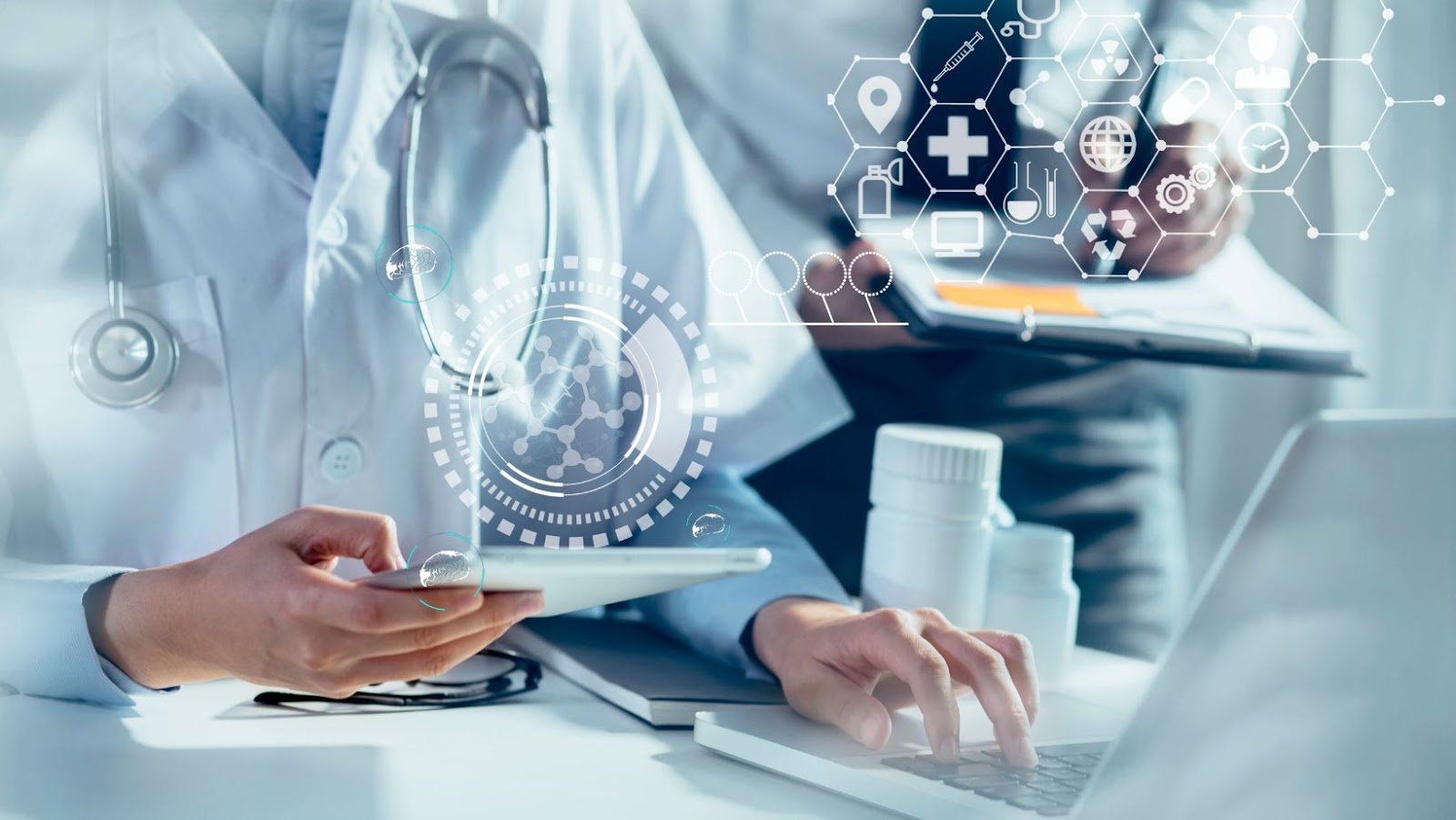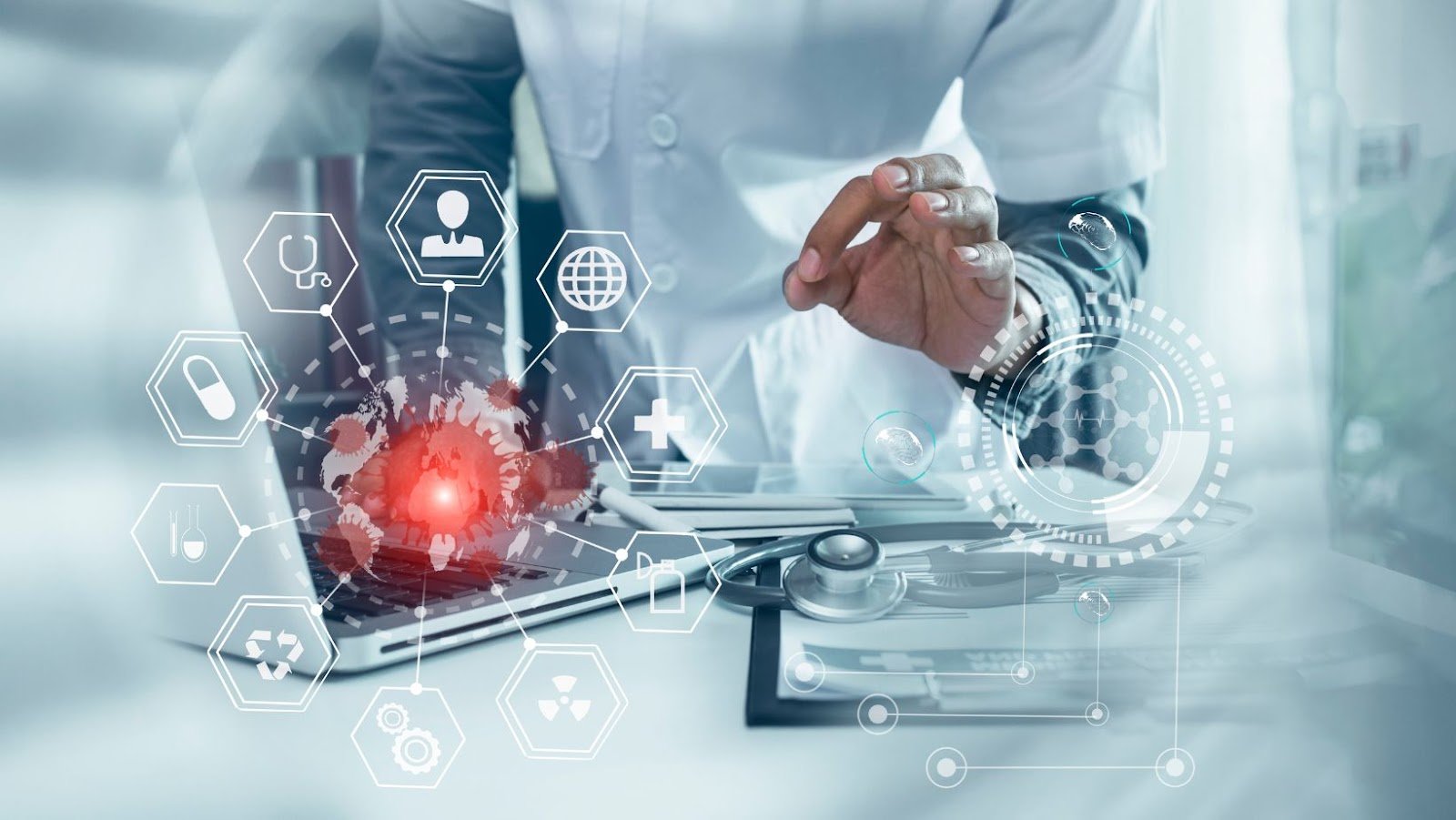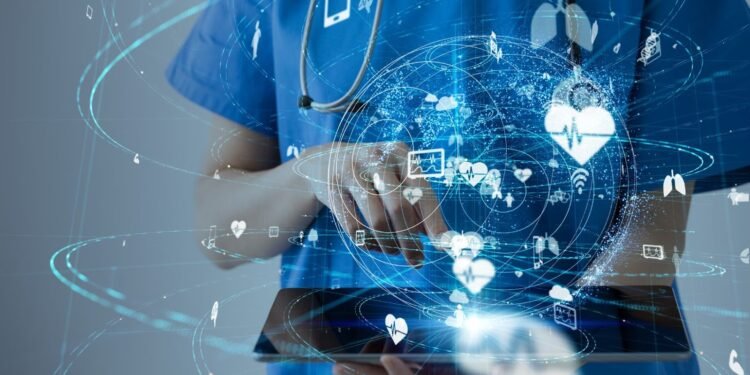Countless new biomedical devices and systems are introduced all the time to support health, facilitating early intervention and improving outcomes. Consistent advances in the field have saved millions of lives and improved the quality of life for many, with less pain and greater enjoyment of life. One of the most overlooked benefits is the savings to patients, their families, insurers, employers, governments, and hospitals. There’s no denying the fact that much of the progress in the medical field is due to technological innovation, but it begs the question: Is it really for the better?
Medical negligence cases seem to be on the rise, with serious, unintended consequences for the NHS, which faces huge legal fee bills. Doctors call for a reform of the current system. Some cases take as many as five years to process because of the pressure on the court system, and many agree there should be changes by the legislature on that. Advances in technology might ultimately reduce negligent medical care and reduce the incidence of medical negligence cases. Let’s see the different ways medical technology can help.
How Can Technology Positively Impact the Medical Field?
Preventing Medication Administration Errors
An unintended error in the drug treatment process can lead to harming the patient. This type of error can occur throughout the medication-use system, for example, when the drug is prepared or dispersed. The use of the word “failure” implies that there’s an attainable standard, and it’s no secret that healthcare professionals don’t always get things right. If an incident occurs but doesn’t hurt anyone, it’s referred to as a potential adverse drug event. An error that causes harm is called a preventable adverse drug effect, the incidence of which is high, and its severity is higher than a non-preventable event.

The good news is that, at present, medication administration is highly dependent on technology, reducing the aforementioned issues. Examples of technologies that help reduce medication errors include but aren’t limited to bar codes, automated dispensers, robots that fill prescriptions, and physician decision support from computers. The role of healthcare professionals can overlap and vary, meaning the performance of each team can impact the effectiveness, safety, and efficiency of a medicine and its use. There’s the chance to harness new technologies to enhance the use of medications. A lack of proper documentation for any medication can result in an error.
Increasing Accuracy During Surgeries
Surgeons often have a hard time determining what needs to be eliminated during an operation, and technology can improve the accuracy of surgery, so the tumour will be removed in one piece while preserving healthy tissue. Robot-assisted surgery allows doctors to undertake complex procedures with more accuracy, flexibility, and control. Robotic surgery is minimally invasive, as the bots have the ability to operate in tight spaces that would otherwise be inaccessible. Not only are the incisions smaller, but also surgery results in less pain. Recovery is faster, so there’s no reason to worry about hospital readmissions.
Finding Out If a Doctor Has Committed Negligence
A great number of people die each year due to medical negligence, whether from incorrect medication dosages or the wrong diagnosis. The law enables patients to fight for their rights and seek compensatory damages for improper care resulting in harm. For medical negligence to be considered in the UK, several factors must be involved, namely failure to provide a proper standard of care, an injury resulting from negligence, and considerable damage arising from that injury. It’s up to the patient to prove that a healthcare professional acted negligently in providing care. Unfortunately, medical malpractice is one of the most difficult personal injury cases to prove.
Surgeons often have a hard time determining what needs to be eliminated during an operation, and technology can improve the accuracy of surgery, so the tumour will be removed in one piece while preserving healthy tissue.
Cameras and CCTV footage can be necessary and beneficial to everyone involved. To be more precise, video shows how a doctor has acted, meaning that it serves as evidence. Institutions of medicine that deploy cameras and CCTV footage can actively identify cases of medical negligence and ensure the right procedures are being carried out. It’s, therefore, possible to confront problems before they become bigger issues, and if healthcare professionals are willing to learn from what occurs, they’re already taking a big step. When a patient goes to a doctor’s office, a clinic, or a hospital, they want a guarantee that they’re going to a safe place. Installing surveillance cameras and other technologies can add an extra layer of security.
Possible Dangers or Difficulties in Using Medical Devices and Systems
At times, technology can have the exact opposite effect, meaning that it does more harm than good. Sophisticated medical technologies can increase the risk of negligence, so they might turn out to be more trouble than worth. If a product isn’t built to the exact specifications, it will be faulty, which can translate into life or death for a patient. In today’s struggle for quick time-to-market to beat the competition, not many manufacturers undertake user testing. Bugs often pose a challenge for engineers, so physicians often end up double-checking the computer’s calculations.

Every day, healthcare facilities are required to disinfect countless reusable surgical instruments and devices so they’re suitable for upcoming procedures. If all goes well, this reprocessing eliminates the residue and potentially infectious material. Failure to adequately reprocess contaminated instruments before using them can and will lead to the spread of deadly pathogens and the spread of diseases, such as hepatitis. Endoscopes, and other instruments, apply several modern technologies and they play a decisive role in the medical industry. However, they can turn out to be dangerous if they’re contaminated with potentially infectious biological matter.
Every day, healthcare facilities are required to disinfect countless reusable surgical instruments and devices so they’re suitable for upcoming procedures. If all goes well, this reprocessing eliminates the residue and potentially infectious material.
All things considered, medical technologies are neither good nor bad, meaning that while it’s important for us to take advantage of innovation, there should be a limit. There are some wonderful tools out there, but we should take a moment to ask ourselves how we can benefit from those pieces of technology. With the advancement of technology, it might become difficult to isolate the main problem, which can complicate matters of law. At any rate, rather than playing the blame game, we should try to come up with solutions.














































































































